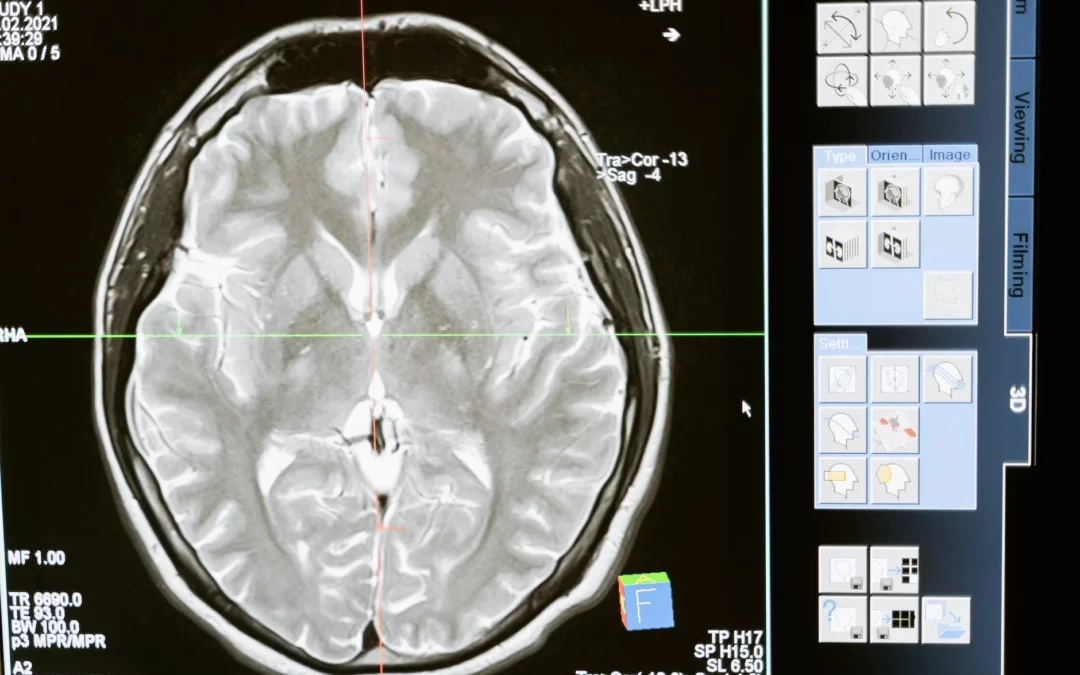Introduction:
Embarking on a journey towards better health often involves understanding the intricate balance within our bodies. One often overlooked aspect of this equilibrium is the pH level, a measure of acidity or alkalinity. Testing your first morning urine pH with pH paper can provide valuable insights into your overall well-being. In this blog post, we’ll explore the significance of monitoring your urine pH and guide you through the simple yet powerful process of using pH paper for testing.
Understanding Urine pH:
The pH scale ranges from 0 to 14, with 7 considered neutral. Values below 7 indicate acidity, while values above 7 indicate alkalinity. The ideal range for morning urine pH typically falls between 6.5 and 7.5. Monitoring your urine pH can offer clues about your body’s internal environment, including your diet, hydration levels, and overall health.
Why Test Your First Morning Urine?
Your first-morning urine is particularly valuable for pH testing because it reflects the body’s overnight resting state. This snapshot can help identify trends and patterns, allowing you to make informed decisions about your lifestyle and dietary choices.
How to Test Your First Morning Urine pH with pH Paper:
1.Acquire pH Paper:
Purchase pH paper from a reputable source, ensuring it covers the range from 5.5 to 8.0. You can find pH paper at most health stores or online.
2.Collect Your First-Morning Urine:
After a night’s rest, collect your first urine sample in a clean container. This sample is the most accurate reflection of your body’s overnight processes.
3.Dip and Wait:
Take a strip of pH paper and dip it into the urine for a few seconds. Ensure the entire strip is saturated.
4.Wait for Color Change:
After removing the strip, wait for the color change. Compare the color of the strip with the pH scale provided with the pH paper. This will indicate your urine pH level.
5.Record and Analyze:
Keep a record of your pH levels over time. Consistent patterns can reveal valuable information about your body’s response to diet, stress, and other factors.
Interpreting Your Results:
1.Optimal Range (6.5 – 7.5):
Falling within this range indicates a healthy acid-alkaline balance, promoting overall well-being.
2.Acidic (Below 6.5):
Low pH levels may suggest an acidic internal environment, potentially linked to a diet high in processed foods or stress. Consider incorporating more alkaline foods and stress management techniques.
3.Alkaline (Above 7.5):
High pH levels might indicate excess alkalinity, which could be related to a diet rich in fruits and vegetables. Adjust your diet for a more balanced intake.
Conclusion:
Testing your first morning urine pH with pH paper is a simple yet powerful tool for understanding your body’s internal balance. Regular monitoring empowers you to make informed choices that contribute to overall well-being. Remember, small adjustments can lead to significant improvements in your health. Start your journey to wellness today by unlocking the secrets hidden in your first morning urine pH.
*As a Member of our Service, at the FREE or PAID level, you have access to all the products we mention on our blog.







